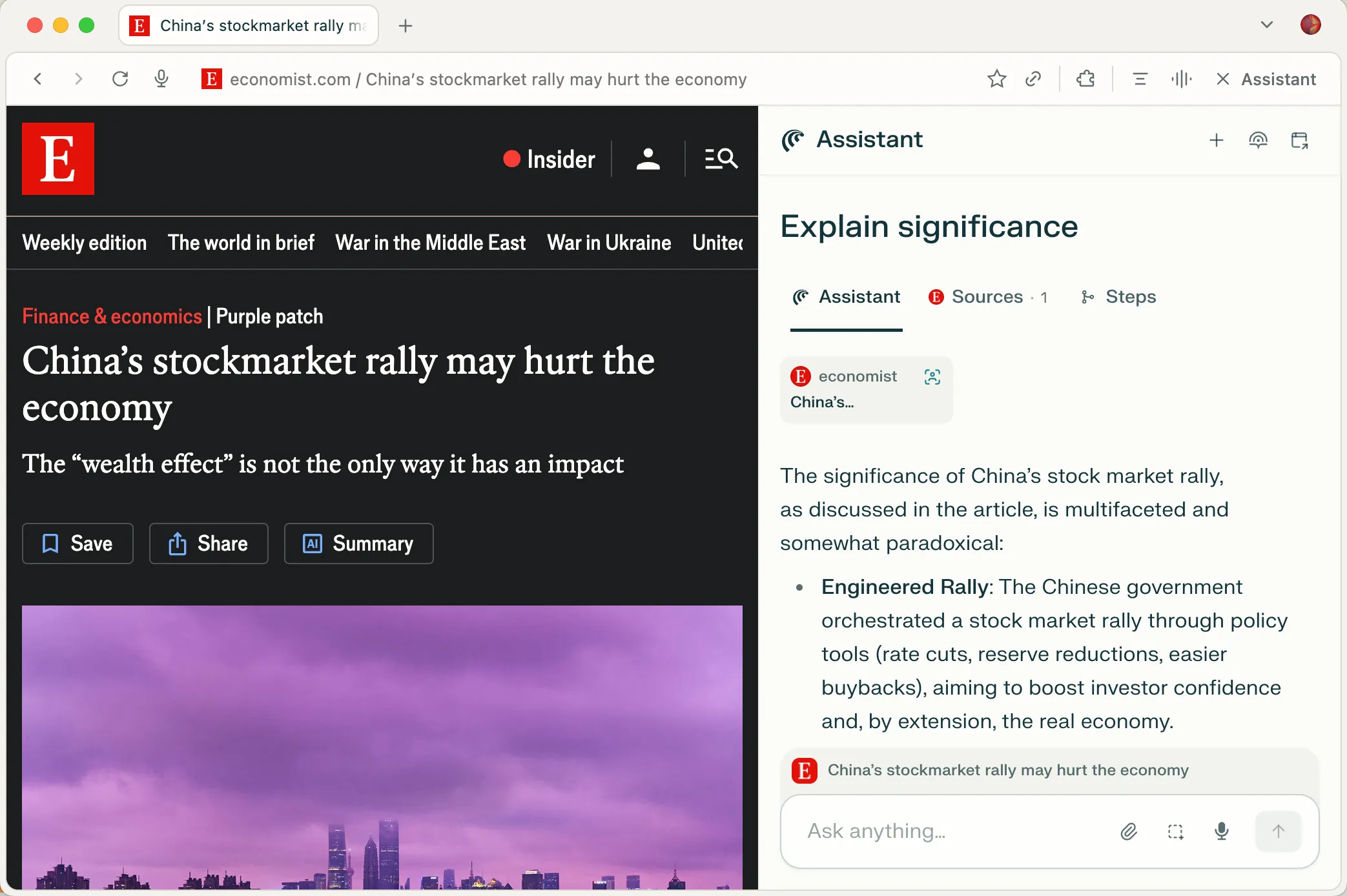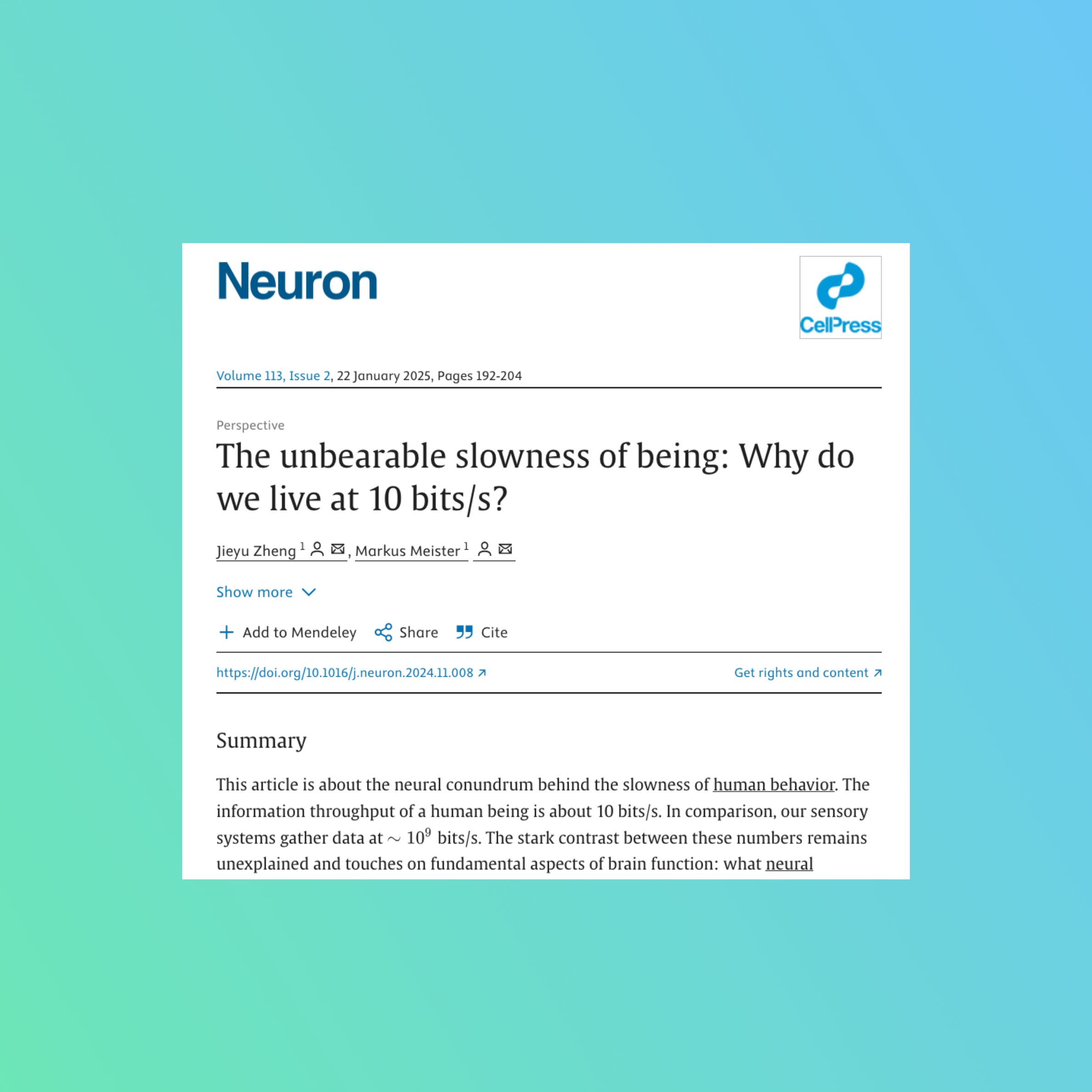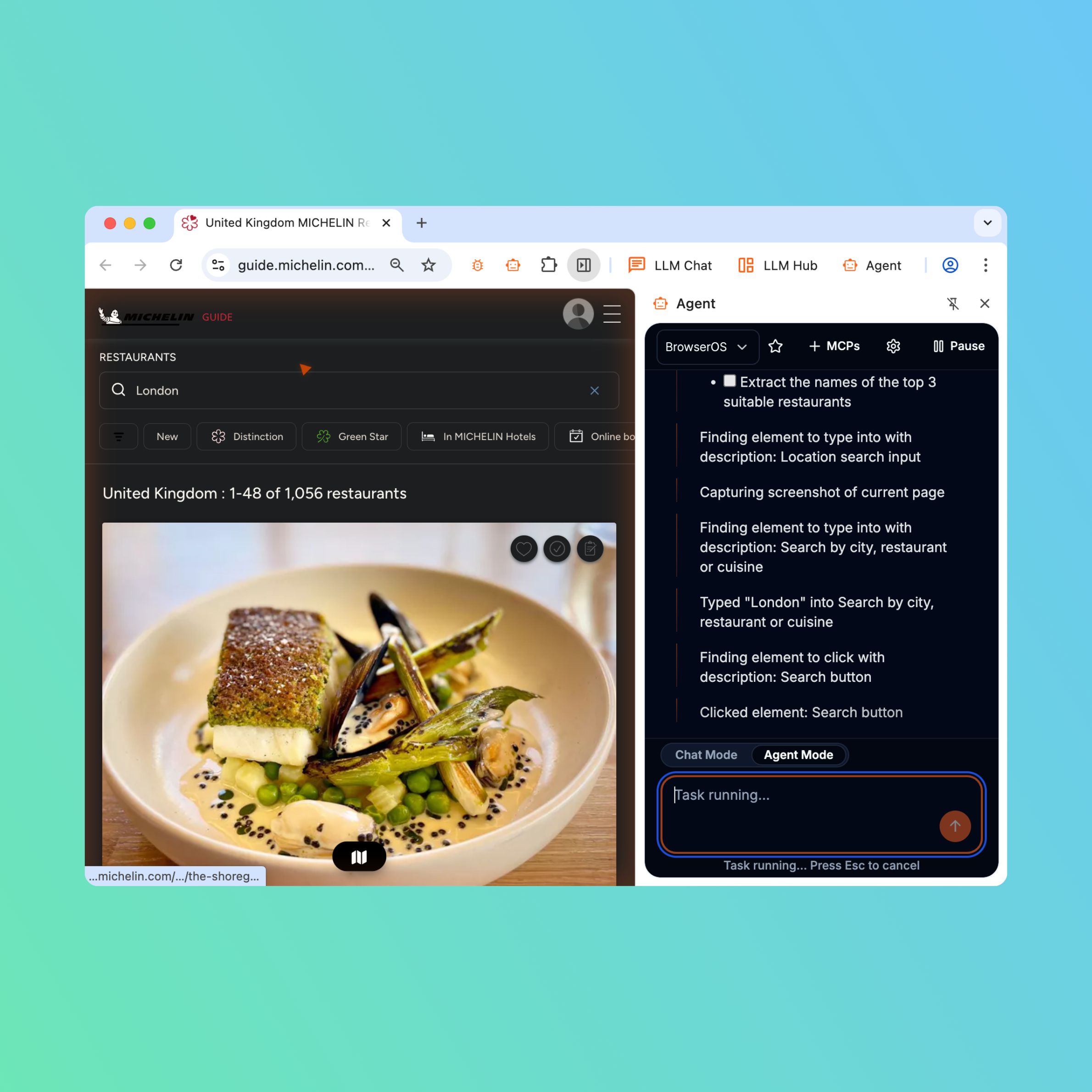· AI Engineering · 4 min read
Perplexity Comet Review: Agentic Browsing at Comet Speed
Perplexity opens Comet's agentic browser to everyone, delivering an assistant-first UX with instant context-aware answers.

Perplexity Comet is now free for all users. It is the most well-known agentic browser out there. I tried it for a couple of hours. Here are some of my quick notes:
The first feeling
It’s surprisingly fast and smooth. It gives you a premium feeling whenever you click, scroll, type questions, and hit enter; the same feeling as using an iPhone or MacBook for the first time. Hats off to the Perplexity team for making the experience so good. Usually that pleasant experience, not the number of features, is the main factor separating a good and a mediocre product. I’m sure mainstream users will like it.
The features
Comet has two modes:
- Assistant: A sidebar on the right to chat, similar to ChatGPT or Claude chatboxes, but it also has the context of your current tabs.
- Agent: It can interact with webpages, click, type, email, etc. When Agent is in action, the webpage has a blinking blue border to let you know that Comet is taking over the page.
The Assistant mode is remarkable. It sees everything you browse, so it always answers with respect to what you are reading and doing. You can ask it to explain a term, verify a claim, or pull related resources. I see two things:
- It saves me a lot of time explaining to ChatGPT the context of my question, and
- I get answers within the blink of an eye (although for serious work I prefer a frontier reasoning model).

Unlike other agentic browsers, Perplexity seems to put the Assistant as the first-class citizen, and the Agent second. It only triggers Agent mode when necessary. I asked it to “search in Michelin Guide 1-star restaurants with French cuisine in London.” The Assistant just ran everything in the background and returned the result. I had to explicitly tell it to open the Michelin page and browse and filter in order to trigger Agent mode.
Prioritizing the Assistant above the Agent is a smart move, as it helps users get started and reach the Aha moment sooner. After seeing the value, users are more willing to stay and explore Agent mode, which takes longer to master.
I tried a couple of times with Agent mode, and it worked well. However, I can’t find a way to switch between Assistant and Agent mode reliably. The only way is to tell Comet in natural language, like above. I hope they add a toggle soon.
Use cases
Comet performs well on all typical use cases of agentic browsers, such as shopping and checkout, email, and calendar. But the best ones are when the Assistant power is utilized. Here are three of my favorites:
Read articles or news. You can ask what the novelty of an academic paper is, what the most important takeaway from a chart is, or why a stock is going down recently. It feels quite like having a real assistant next to you.
Work with Google docs and spreadsheets. Comet can see, understand, and interact with your content. You can ask it to brainstorm, add citations, or improve your writing.
Manage tabs. If you have a problem with too many tabs, you can tell Comet to close them, group them, or just find the one you need.
Free or paid
You can do all the things above with the free plan, and I haven’t hit a limit after using it for a couple of hours. That is quite generous from Perplexity, as agentic browsing usually burns a lot of tokens.
If you go to the $20/month Pro plan, you can choose frontier models to drive your assistant and get higher-quality answers. The Pro plan also unlocks the ability to read and generate images. If you work a lot with charts and visual content, that’s a worthwhile investment.
Conclusion
Overall, I like Comet. If you haven’t tried Comet yet, you should use the free version for a while and see if it brings real value to you, then consider upgrading to Pro. For me, I’ll give it two more weeks to see if any use case sticks. If not, I will go back to my old browser and keep Comet as a backup for occasional use.
Warning: Please don’t use agentic browsers for anything serious such as banking yet; these tools are still vulnerable to prompt-injection attacks. For more detail, see Simon Willison’s Lethal Trifecta, or for a less technical take, The Economist.



